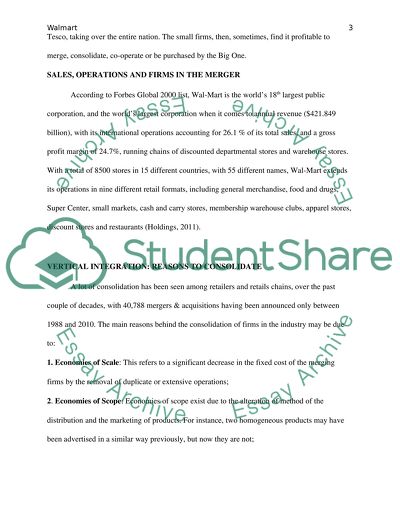Cite this document
(“WalMart Merger Assignment Example | Topics and Well Written Essays - 1750 words”, n.d.)
WalMart Merger Assignment Example | Topics and Well Written Essays - 1750 words. Retrieved from https://studentshare.org/macro-microeconomics/1431973-walmart-merger
WalMart Merger Assignment Example | Topics and Well Written Essays - 1750 words. Retrieved from https://studentshare.org/macro-microeconomics/1431973-walmart-merger
(WalMart Merger Assignment Example | Topics and Well Written Essays - 1750 Words)
WalMart Merger Assignment Example | Topics and Well Written Essays - 1750 Words. https://studentshare.org/macro-microeconomics/1431973-walmart-merger.
WalMart Merger Assignment Example | Topics and Well Written Essays - 1750 Words. https://studentshare.org/macro-microeconomics/1431973-walmart-merger.
“WalMart Merger Assignment Example | Topics and Well Written Essays - 1750 Words”, n.d. https://studentshare.org/macro-microeconomics/1431973-walmart-merger.


